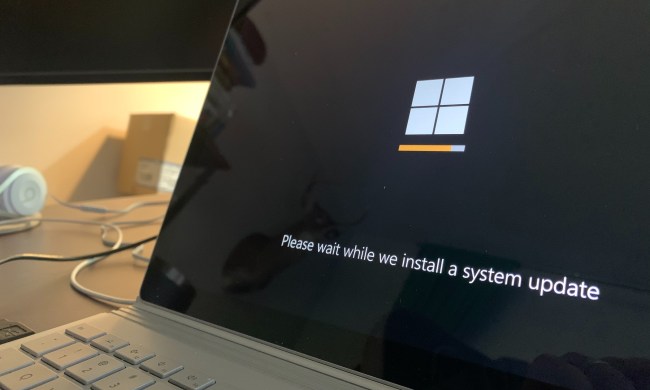After nearly a year of beta testing, the latest version of Windows 10 is finally here, but not every computer is ready for it just yet.
There are still some ongoing issues with the Windows 10 May 2020 Update that could result in your PC not finding it in Windows Update, or not installing it at all. Following problems with previous Windows 10 releases, this is all by design, as Microsoft is taking a “measured approach” with its rollout.
The Windows 10 May 2020 Update will only install via a Windows Update on your device when Microsoft is confident that you will have a good experience. Here’s a look at some of the things that might be holding it back.
Gaming issues

Microsoft has detailed some of the known issues with the Windows 10 May 2020 Update. A lot of these issues have been reported by users in the last 30 days, and they are part of the reason that the update might not install on your device.
If that’s the case with your device, Microsoft applies what’s called a “compatibility hold” to safeguard it. It blocks the update so as not to cause the problems we are about to describe, some of which are of particular concern for gamers.
The first relates to drivers for Nvidia display adapters. Microsoft says that you might have issues with the Windows 10 May 2020 Update if you’re using an Nvidia GPU with drivers below 358.00. This might result in receiving a stop error with a “blue screen of death” during the update process. Microsoft is investigating the issue and says it is working with Nvidia on a fix.
A second issue relates to mouse and keyboard inputs when gaming. Microsoft notes that in the Windows 10 May 2020 Update, some gamers might experience the loss of the mouse input when playing certain titles. This happens due to games and apps that use “GameInput Redistributable,” which is bundled or installed as part of Xbox Game services in Windows 10.
Finally, there’s an issue with variable refresh rates not working as expected on certain devices with Intel integrated graphics in the May 2020 Update. According to Microsoft, when using a monitor with a variable refresh rate, you won’t get variable fresh rates in games using DirectX 9. Again, Microsoft is working on a fix with Intel and is investigating.
There is no timeline for a fix for any of these issues.
Issues with Surface devices

There have also been issues with Microsoft’s latest Surface devices, including the Surface Pro 7 and the Surface Laptop 3. Issues include problems with the Always-On Connections. Microsoft says affected devices will have more than one Always On-capable network adapter. The problem will lead to unexpected shutdowns or restarts. A fix is coming and could land as early as mid-June.
Alongside the issues with Surface devices and gaming, there are a total of seven others that are holding up the May 2020 Update for you. These range from difficulty connecting to more than one Bluetooth device, Conexant ISST audio drivers, stop errors with Thunderbolt docks, and more. You can see the full list on Microsoft’s website, and check the page to see if and when all these issues have been resolved.


